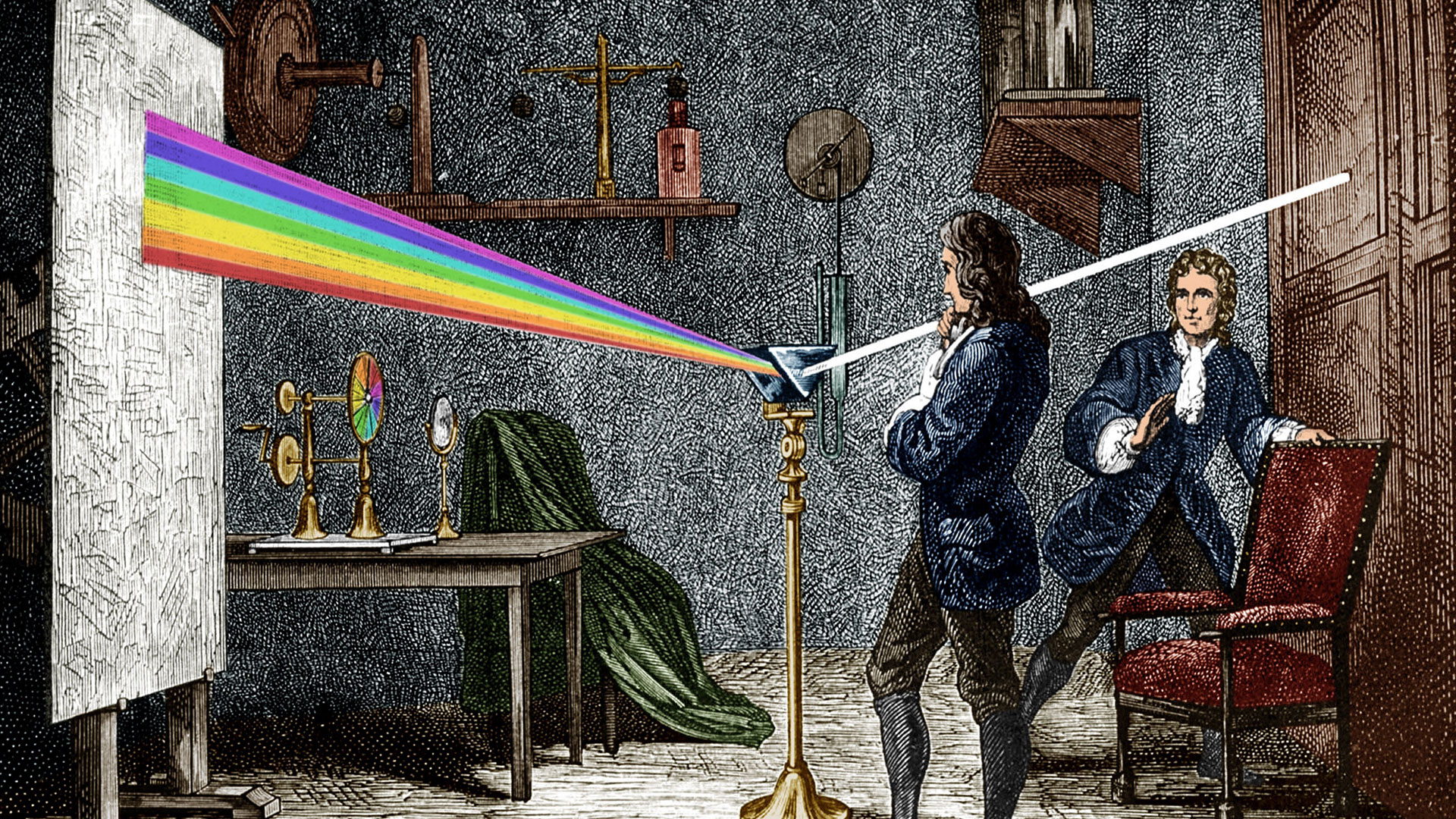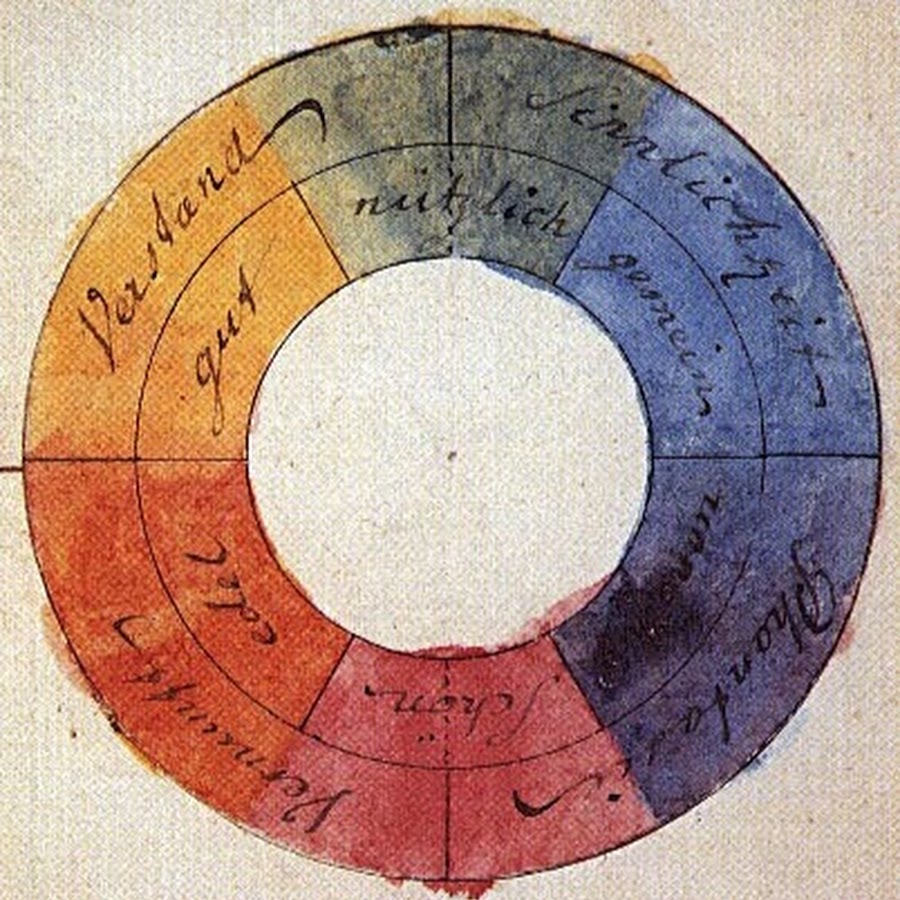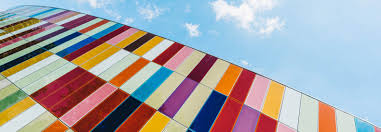Through the lens of color perception, we discover that reality isn't something we observe from a distance but a dance we participate in. From Newton's scientific measurements to Goethe's lived experience, and ultimately to an ecological understanding, color reveals itself not as a property to be measured or a sensation to be felt, but as a relationship to be entered into.
The Scientific View: Triumph and Limits
When Isaac Newton conducted his famous prism experiment in 1704, he did more than just split white light into its spectrum - he fundamentally transformed our understanding of color. Through his meticulous work, Newton established that white light itself is composed of a spectrum of colors, laying the groundwork for a scientific theory of refraction that would shape physics for centuries to come. Modern science builds on this foundation, defining colors as specific wavelengths of light and explaining how our three types of cone cells process these wavelengths into the millions of colors we see.

Isaac Newton's experiments revealed the mystery of light
This scientific approach has yielded remarkable technological achievements, from color television to digital displays. Yet it also reveals its own limitations. As Evan Thompson's research shows, different species have evolved distinct types of cone cells, leading to radically different color perceptions - bees see ultraviolet light, while some birds have four or five types of color receptors. Even among humans, color perception varies significantly. These variations hint at something deeper: the rich experience of color cannot be reduced to wavelengths alone.
Beyond Measurement: The Living Experience
In 1810, the German poet Johann Wolfgang von Goethe challenged Newton's purely mathematical approach to color. When replicating Newton's prism experiment, Goethe made a crucial observation: colors appeared not everywhere, but only at boundaries between light and dark. Unlike Newton's focus on physical properties, Goethe developed a theory emphasizing the role of human perception and the dynamic interaction between observer and observed phenomenon.
The infamous drawing of the Colour Wheel by Goethe
This understanding of color as interactive experience was later advanced by Josef Albers in his influential work "Interaction of Color." Albers demonstrated that colors are rarely seen as they physically are, but rather exist in constant dialogue with their surroundings. Consider how we actually experience color in daily life. A blue mountain feels cool and distant; a red sunset feels warm and immediate. These aren't just subjective additions to objective facts - they're essential aspects of what color is.
Our experience of color interweaves personal, cultural, and universal meanings. The groundbreaking work of Brent Berlin and Paul Kay, studying color terms across 20 different languages, revealed that while languages develop color words in predictable patterns, starting with basic categories like dark/cool and light/warm, the way we categorize and experience color is deeply influenced by cultural context. Red universally signals warmth because it recalls fire and sun, yet purple suggests royalty only because of historical circumstances - its dye was once extremely rare.
Color as Relationship
Modern ecological psychology, particularly through the work of J.J. Gibson and Evan Thompson, suggests a way beyond the objective-subjective divide. Their action-based ecological theory presents color as a relational property that connects the environment with perceiving animals. This perspective helps explain how perception and action evolved together, creating what Gibson calls "affordances" - opportunities for interaction between organisms and their environment.

"We both grew taller together!" - Tree and Giraffe
Consider how color vision evolved. Primates developed sensitivity to reds and greens not because these wavelengths are special, but because this ability helped them find ripe fruit among leaves. As Darwin might have appreciated in his emphasis on understanding organisms in their environment, colors emerge through this dance of co-evolution - neither purely objective nor purely subjective, but participatory.
This ecological understanding aligns with John Locke's distinction between primary and secondary qualities. While Locke argued that colors are secondary qualities that exist in the observer rather than the object itself, modern ecological theory suggests they exist in the relationship between observer and environment.
Living the Lesson
Paul Klee captured this participatory nature of color perfectly when he described it as "the place where our brain and the universe meet." This isn't just poetic flourish - it's a profound insight into how we experience color as a bridge between inner and outer worlds. A morning sunbeam casting green shadows through leaves becomes not just an optical effect but an invitation to engage with light, life, and time.
This understanding has practical implications. In design, color becomes not mere decoration but an opportunity for meaningful engagement with our environment. Kurt Nassau's research identifying 15 different physical causes of color reminds us of the rich complexity underlying these experiences, from the incandescence of fire to the interference patterns in soap bubbles.
Color theory and how it's applied in architecture
Most importantly, this view of color offers wisdom about perception itself. We are not passive observers of reality but active participants in its unfolding. Every color we see invites us to participate more fully in the world's becoming. In accepting this invitation, we might find not just a new way of seeing color, but a new way of being - one that recognizes and celebrates our deep participation in the fabric of reality.
The colors that surround us are not properties to be measured or sensations to be felt, but relationships to be entered into. In learning to see color this way, we learn something essential about our place in the world and our role in its continuing creation.

Colors as relationships
Disclosure: Some links are Amazon affiliate links. I earn a small commission for qualifying purchases, at no additional cost to you. Every recommendation is genuine and comes from personal experience.

